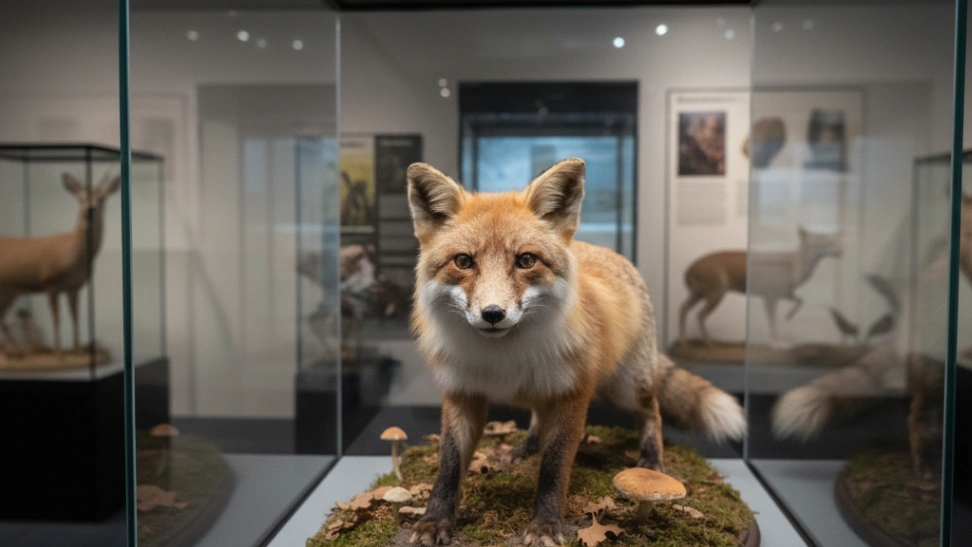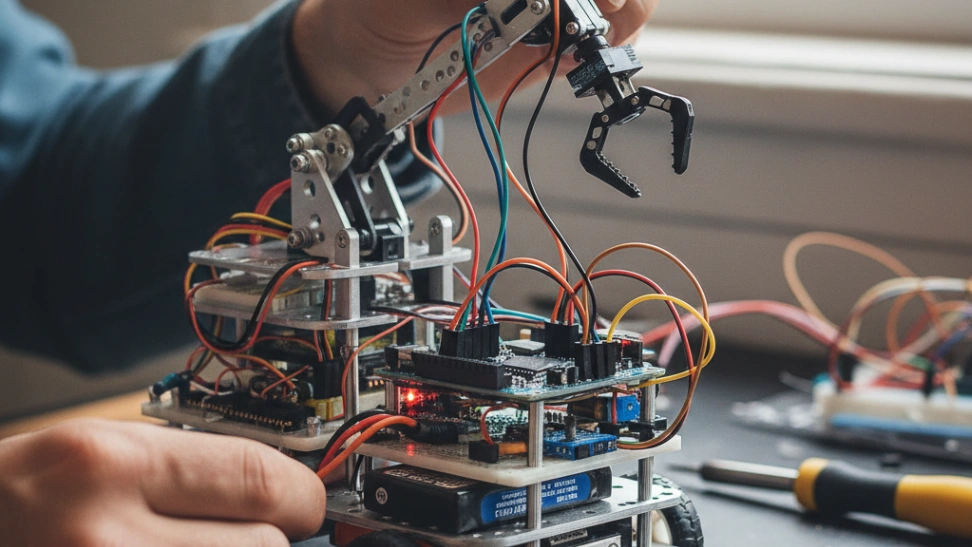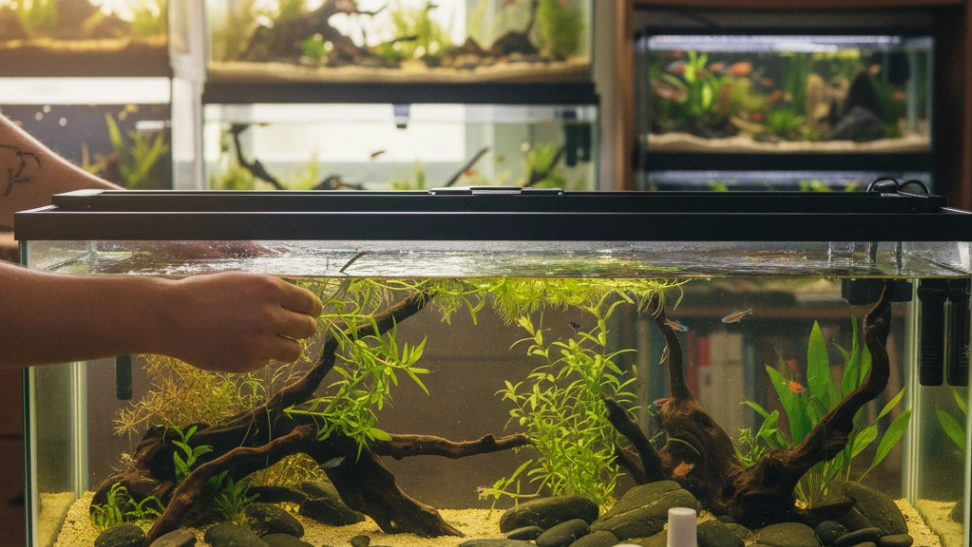The history of taxidermy stretches back centuries, long before it was formally recognized as an art or science. Early forms of preservation can be traced to ancient Egypt, where animals were mummified, though primarily for religious purposes rather than lifelike display. In the 16th and 17th centuries, European naturalists and collectors began experimenting with rudimentary methods to preserve specimens for their "cabinets of curiosities," often resulting in crude, stiff, and unrealistic mounts. These early attempts involved simple drying, salting, or stuffing with cloth and straw, leading to specimens that quickly deteriorated or bore little resemblance to their living counterparts. The 18th century saw slight improvements with the use of arsenical soaps and other chemicals to deter insects, but the primary focus remained on basic preservation rather than artistic representation. It wasn't until the 19th century that taxidermy began to evolve significantly, driven by a growing interest in natural history and the advent of better preservation techniques. Pioneering figures like John Hancock, an English ornithologist, revolutionized the field by focusing on anatomically accurate forms and dynamic poses, transforming taxidermy from a mere preservation technique into a genuine art form. His groundbreaking work, particularly with birds, set new standards for realism and artistry that laid the foundation for modern practices.
Modern taxidermy techniques are a far cry from those early, often grotesque, attempts. The process typically begins with skinning the animal, carefully removing the hide, which is then thoroughly cleaned and preserved through a meticulous tanning process. This tanning step is crucial, as it stops decomposition, prevents hair slippage, and makes the hide pliable and durable. While the skin is being prepared, a detailed mannequin or form, often made of polyurethane foam, is created or purchased to replicate the animal's musculature and skeletal structure. These forms are incredibly precise, often cast from actual animal bodies or sculpted with deep anatomical knowledge. Once the hide is ready, it is meticulously fitted over the form, and glass eyes are inserted, often custom-painted to match the animal's living appearance. The artist then spends considerable time on the finer details, such as adjusting the eyelids, nostrils, and mouth, ensuring natural feather or fur patterns, and sculpting the facial features to convey emotion or a sense of movement. This stage requires a keen eye for detail and a profound understanding of animal anatomy and behavior to achieve a truly lifelike and dynamic mount.
Beyond the technical skills, taxidermy demands a strong artistic sensibility and a deep respect for the animal. A skilled taxidermist doesn't just preserve an animal; they bring it back to a semblance of life, capturing its spirit and majesty. This often involves extensive research into the species' natural habitat, typical poses, and individual characteristics. Many taxidermists are also avid naturalists, hunters, or anglers, giving them firsthand experience and appreciation for the creatures they work with. Ethical considerations are paramount in contemporary taxidermy. Reputable practitioners primarily work with legally harvested game, roadkill, or animals that have died of natural causes, always adhering to strict wildlife laws and regulations. The goal is to honor the animal, whether it's a prized trophy, a beloved pet, or a scientific specimen, by immortalizing its form in a respectful and artistic manner. The community values education, proper technique, and adherence to environmental and ethical standards, promoting responsible practices among its members.
The appeal of taxidermy is multifaceted. For hunters and anglers, it provides a lasting memory of a significant harvest, a tangible testament to their outdoor experiences. For educators and museums, taxidermy mounts are invaluable tools for teaching about anatomy, wildlife, and natural ecosystems, offering a realistic view that photos or videos often cannot replicate. For artists, it presents a unique sculptural challenge, combining biological understanding with creative expression. It's a hobby that requires immense patience, precision, and a continuous learning curve, but the reward is the creation of a truly remarkable and enduring piece of art that bridges the gap between life and stillness, preserving the beauty of the natural world for generations to come. Many practitioners find deep satisfaction in the meticulous work and the transformation of raw materials into a vibrant, lifelike tribute, ensuring the animal's story continues to be told.



